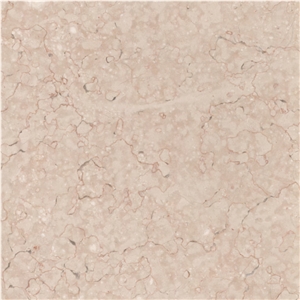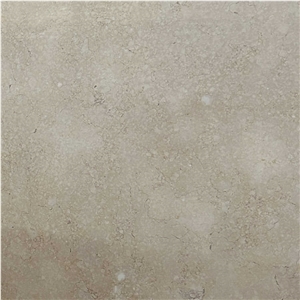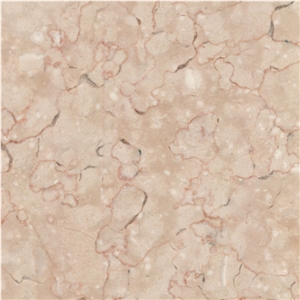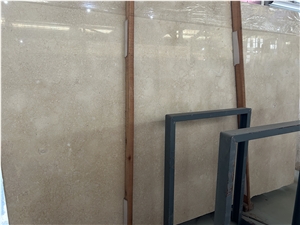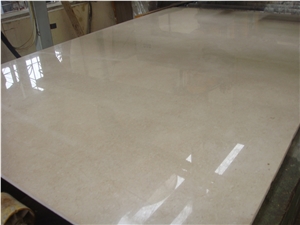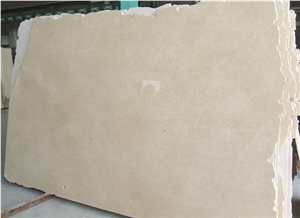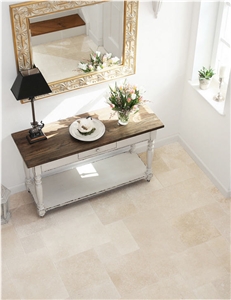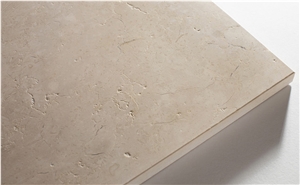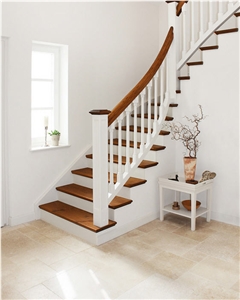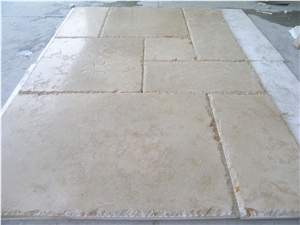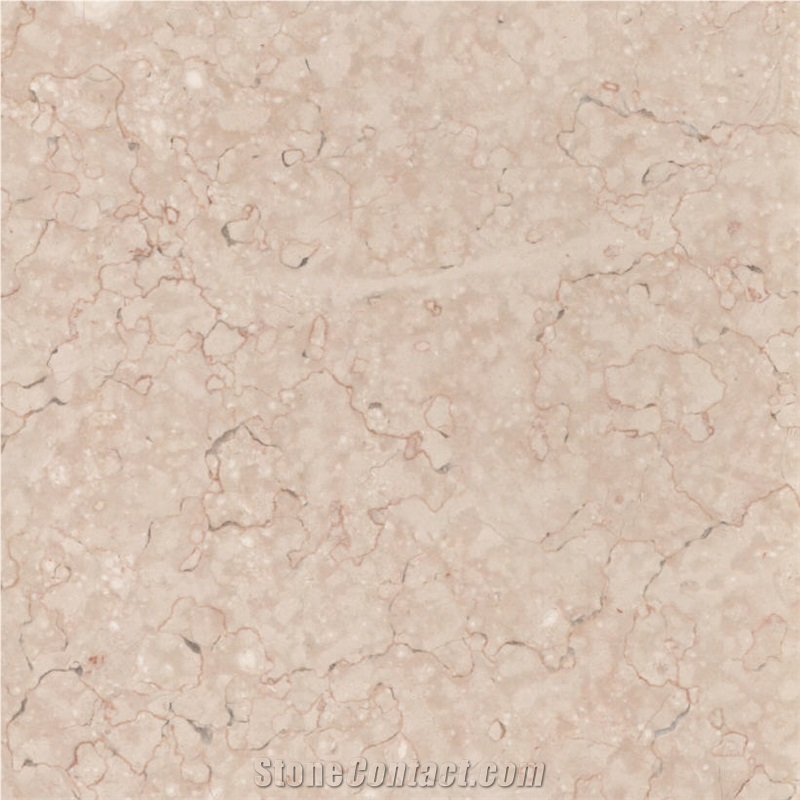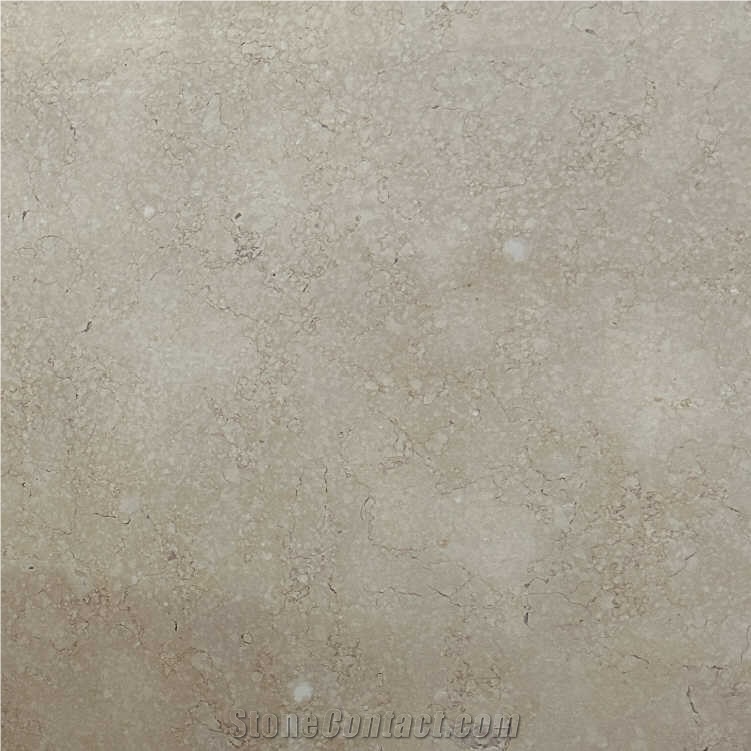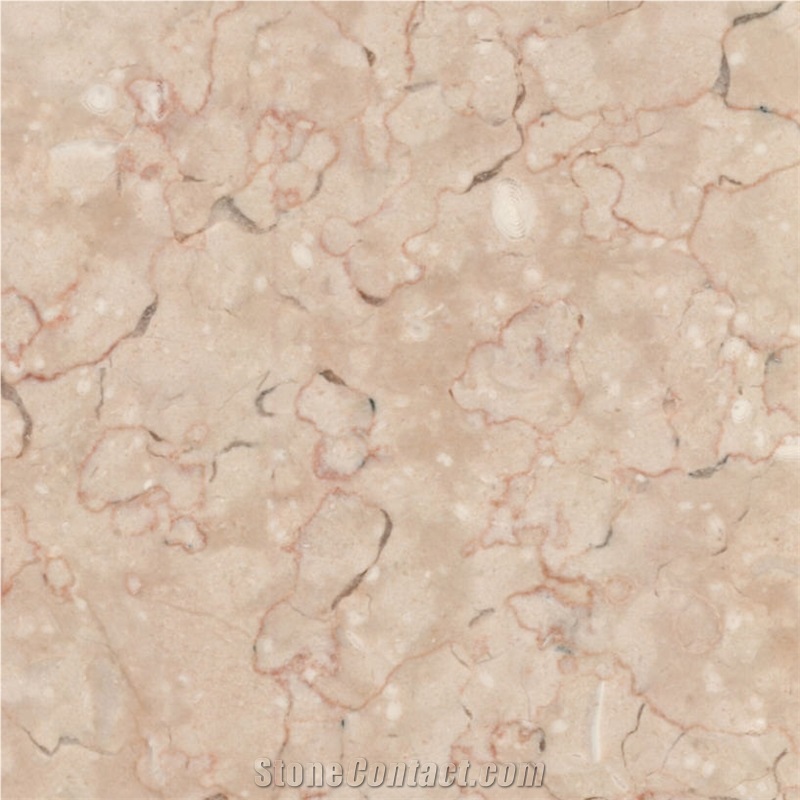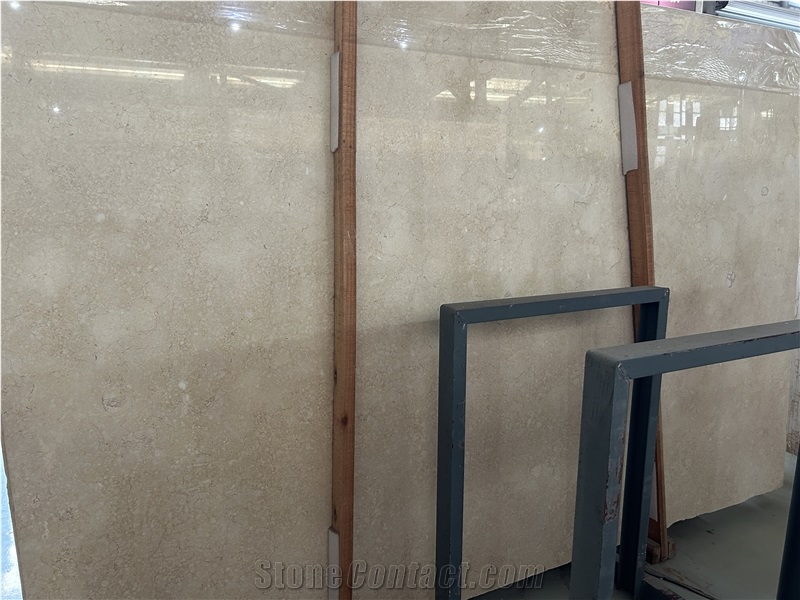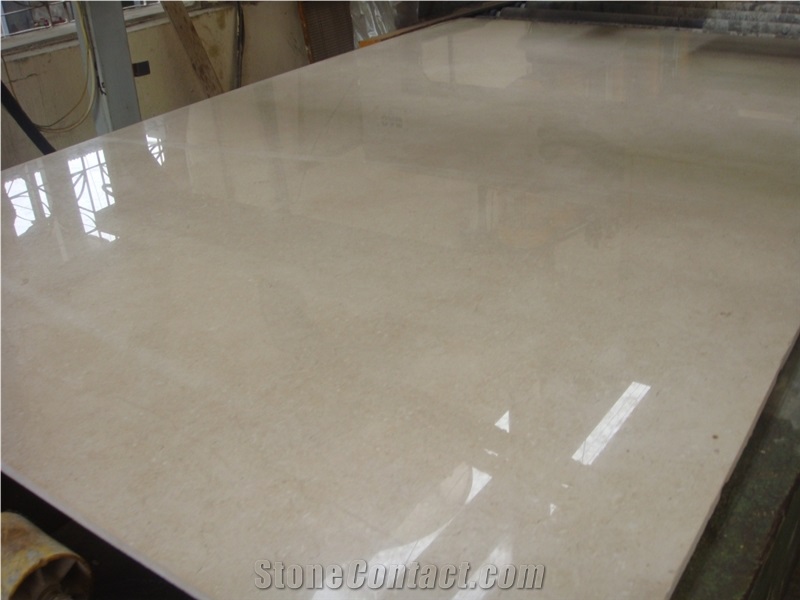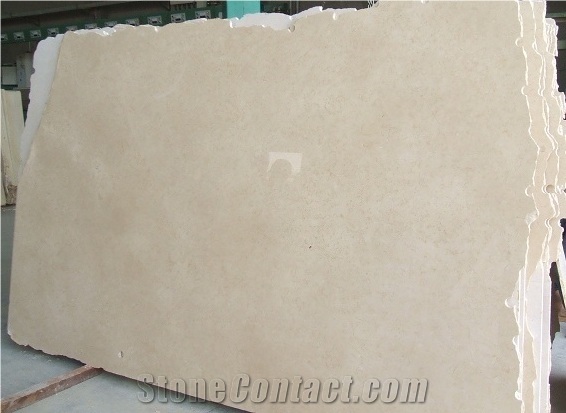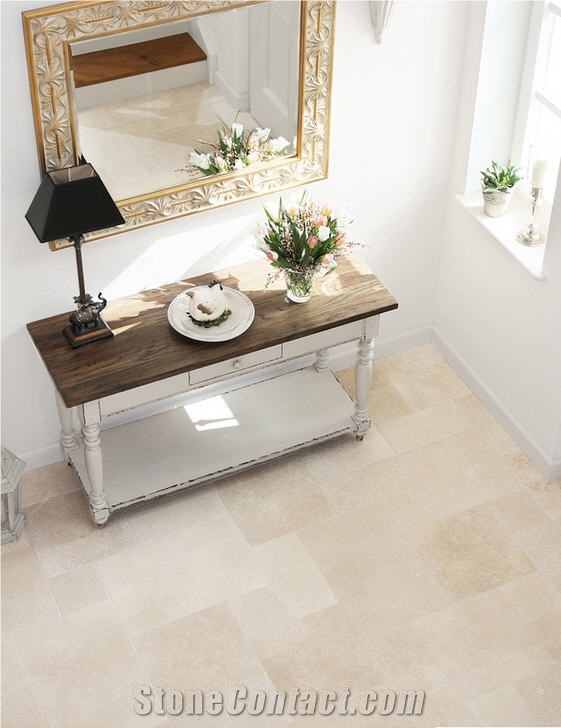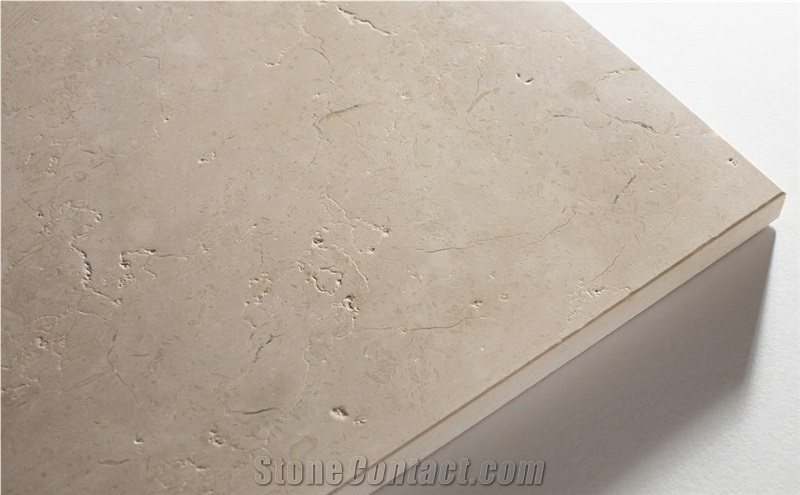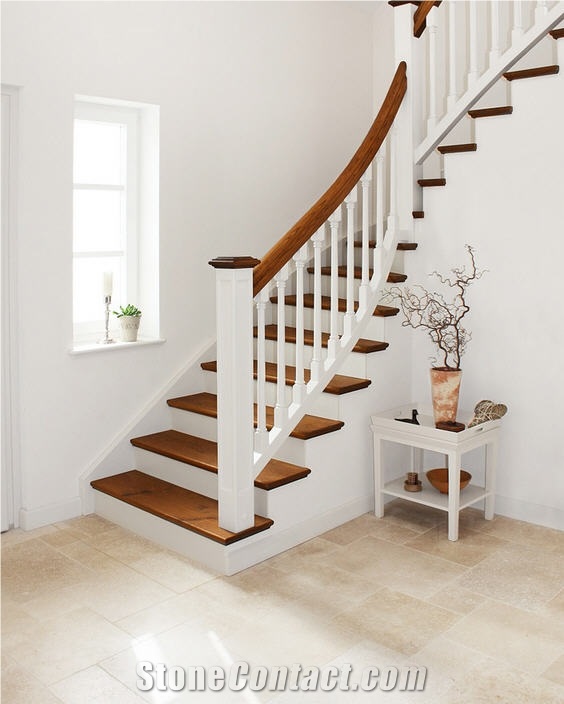Galala Marble
 Egypt
(Suez, El-Galala El- Bahareyia Mountain)
Egypt
(Suez, El-Galala El- Bahareyia Mountain)
Galala Marble is a type of marble that originates from Egypt. It is widely recognized and appreciated for its creamy beige color and elegant appearance. This marble variety is renowned for its versatility and is commonly used in various architectural and design applications.
The base color of Galala Marble ranges from light to medium beige, with occasional variations in tone. It exhibits a uniform and consistent appearance, making it suitable for creating a cohesive and harmonious look in different spaces.
Galala Marble often features subtle veining and occasional fossilized remains, which add a touch of character and uniqueness to each slab. The veins can range from soft gray to beige and may create delicate patterns or movement across the surface of the marble.
One of the notable characteristics of Galala Marble is its ability to transmit light, giving it a luminous and inviting quality. This property makes it a popular choice for applications where natural or artificial lighting can enhance its beauty, such as countertops, flooring, wall cladding, and decorative accents.In terms of composition, Galala Marble is primarily composed of calcite and other minerals that contribute to its strength and durability. It is known for its ability to withstand various environmental conditions and maintain its appearance over time with proper care.
Galala Marble has been widely used in both residential and commercial projects around the world. Its neutral and timeless appeal makes it suitable for a range of design styles, from traditional to contemporary. Whether used as a focal point or as a complementing element, Galala Marble adds elegance and sophistication to any space.
Please note that while I strive to provide accurate information, specific details and availability of Galala Marble may vary. It's recommended to consult with local experts or suppliers for the most up-to-date and precise information about this particular marble variety.
Stone Characteristics-- Minimal Requirements-- Degree
Abrasion resistance hardness
(ASTM C241/c1353) Min Ha B,C,D 10 --34.8Ha
Flexural strenght Mpa.
(ASTM C880) Min 1000 PSI --1300psi
Modulus of rupture Mpa
(ASTM C99) Min 1000 PSI --1800psi
Compressive strenght Map
(ASTM C170) Min 7500 PSI --18300psi
Absorption by weight %
(ASTM C97) Max%0.20-- 0.12%
Density(Kg/m3)(ASTM C97) Min kg/m3 2305-- 2627

How do I choose grout color for Galala Marble mosaic?

Does thickness of Galala Marble stair risers matter?

What color grout goes best with Galala Marble tile?

Can Egypt's Galala Marble be used in landscaping?

How can I protect Galala Marble countertops when cooking?

What grade is Egypt's Galala Marble?

Can Egypt's Galala Marble be used in a living room?

Do I need to put plywood under Galala Marble countertops?

Can I cut on Galala Marble?

What is the size of a standard Galala Marble mosaic tile?

Are there color variations of Egypt's Galala Marble?

Does Galala Marble countertop crack easily?

Is it safe to put hot pans on Galala Marble countertops?

What is the average density of Egypt's Galala Marble?

What cabinet color goes with Galala Marble?

Can I fix a chip in Galala Marble countertop?

Can Egypt's Galala Marble be used exterior applications in very sunny climates?

How thick is Galala Marble in mm for bathroom top?

How can I fix a water damaged Galala Marble countertop?

Can I buff out scratches on Galala Marble countertop?

Can I restore damaged Galala Marble staircase?

Is Egypt's Galala Marble an expensive stone?

Can Egypt's Galala Marble be used indoors?

How thick is Egypt's Galala Marble slabs?

What is the thickness of Galala Marble mosaic tiles?

What is the standard thickness of Galala Marble countertops?

What happens if I don't seal Galala Marble countertops?

What is the coefficient of friction of Combed Egypt's Galala Marble tiles?
-

-

EL NAHAR GROUP MARBLE AND GRANITE
 Egypt
Egypt
 2YRDiamond members are premium members on platform, providing members with comprehensive approach to promoting their products, increasing products exposure and investment return to maximize.
2YRDiamond members are premium members on platform, providing members with comprehensive approach to promoting their products, increasing products exposure and investment return to maximize.
 Verified Supplier is for prove company authenticity,including business license,trade license and effective office space,to enhance buyers' trust to suppliers and their products, reducing communication costs.
Verified Supplier is for prove company authenticity,including business license,trade license and effective office space,to enhance buyers' trust to suppliers and their products, reducing communication costs.
Contact Supplier
-

 Egypt
Egypt
 1YRDiamond members are premium members on platform, providing members with comprehensive approach to promoting their products, increasing products exposure and investment return to maximize.
1YRDiamond members are premium members on platform, providing members with comprehensive approach to promoting their products, increasing products exposure and investment return to maximize.
 Verified Supplier is for prove company authenticity,including business license,trade license and effective office space,to enhance buyers' trust to suppliers and their products, reducing communication costs.
Verified Supplier is for prove company authenticity,including business license,trade license and effective office space,to enhance buyers' trust to suppliers and their products, reducing communication costs.
Contact Supplier
-

 Egypt
Egypt
 2YRDiamond members are premium members on platform, providing members with comprehensive approach to promoting their products, increasing products exposure and investment return to maximize.
2YRDiamond members are premium members on platform, providing members with comprehensive approach to promoting their products, increasing products exposure and investment return to maximize.
Contact Supplier
-

-

Marble Egypt for Marble&Granite
 Egypt
Egypt
 8YRDiamond members are premium members on platform, providing members with comprehensive approach to promoting their products, increasing products exposure and investment return to maximize.
8YRDiamond members are premium members on platform, providing members with comprehensive approach to promoting their products, increasing products exposure and investment return to maximize.
 Verified Supplier is for prove company authenticity,including business license,trade license and effective office space,to enhance buyers' trust to suppliers and their products, reducing communication costs.
Verified Supplier is for prove company authenticity,including business license,trade license and effective office space,to enhance buyers' trust to suppliers and their products, reducing communication costs.
Contact Supplier
-

Capital Stones for Marble & Granite
 Egypt
Egypt
 8YRDiamond members are premium members on platform, providing members with comprehensive approach to promoting their products, increasing products exposure and investment return to maximize.
8YRDiamond members are premium members on platform, providing members with comprehensive approach to promoting their products, increasing products exposure and investment return to maximize.
 Verified Supplier is for prove company authenticity,including business license,trade license and effective office space,to enhance buyers' trust to suppliers and their products, reducing communication costs.
Verified Supplier is for prove company authenticity,including business license,trade license and effective office space,to enhance buyers' trust to suppliers and their products, reducing communication costs.
Contact Supplier
-

Sun Stone For Marble & Granite
 Egypt
Egypt
 2YRDiamond members are premium members on platform, providing members with comprehensive approach to promoting their products, increasing products exposure and investment return to maximize.
2YRDiamond members are premium members on platform, providing members with comprehensive approach to promoting their products, increasing products exposure and investment return to maximize.
 Verified Supplier is for prove company authenticity,including business license,trade license and effective office space,to enhance buyers' trust to suppliers and their products, reducing communication costs.
Verified Supplier is for prove company authenticity,including business license,trade license and effective office space,to enhance buyers' trust to suppliers and their products, reducing communication costs.
Contact Supplier
-

 Egypt
Egypt
Contact Supplier
-

 Egypt
Egypt
Contact Supplier
The request includes: 1. surface finished, size 2. quantity required






